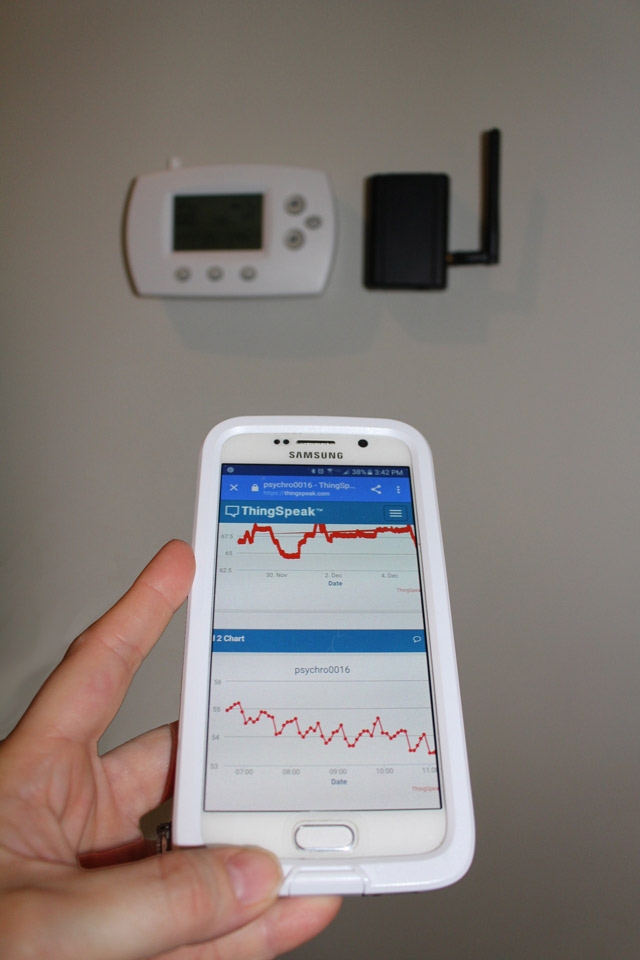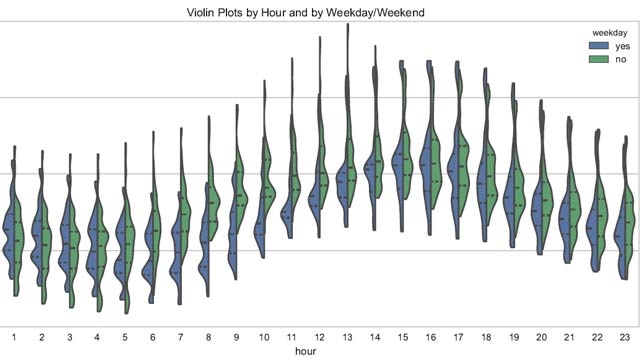Cadmus Collects and Analyzes IoT Data Using MATLAB and ThingSpeak
The Internet of Things (IoT) enables power producers, public utilities, and other companies in the energy sector to collect energy power consumption data from hundreds of factories and thousands of homes in near real time. This wealth of information has opened opportunities to evaluate energy efficiency initiatives, predict power demand, and perform energy audits.
Consulting firm Cadmus provides full-spectrum energy-efficiency support services to energy utilities throughout North America. These services include studies of energy use that require extensive data collection and analysis.
To make the most of the opportunities presented by the IoT, Cadmus engineers used MATLAB® and the ThingSpeak™ IoT platform to develop a workflow for collecting, storing, analyzing, visualizing, and interpreting data from sensors in homes and businesses distributed across wide geographic areas.
“In just a few months, we implemented a new service that measures and analyzes temperature and humidity changes in dozens—and soon hundreds—of homes,” says Dave Korn, vice president of engineering at Cadmus. “Without MATLAB and ThingSpeak, we would still just be talking about it. Instead, we’re already pitching this service to utilities. That is a huge competitive advantage for our company.”
Solution
Cadmus used MATLAB and ThingSpeak to develop and deploy two systems of cloud-connected sensors for the near-real-time measurement and analysis of energy data, while establishing a workflow for rapidly implementing similar systems.
The first system, designed for an energy efficiency study of residential homes, used custom sensors to send temperature, relative humidity, and device battery voltage measurements to ThingSpeak every five minutes. The second, designed to monitor loads of HVAC systems and large appliances, used off-the-shelf home automation hardware to send power usage data, captured at residential circuit breakers and individual outlets, every minute.
Using the ThingSpeak web application, the engineers created new channels to collect data from the sensors and to quickly verify that each new sensor added to the system was reliably sending data.
Working in MATLAB, the team analyzed the collected data, using standard statistical techniques to identify outliers and calculate means and standard deviations. For example, they calculated and plotted power load profiles by the hour and correlated the load data with weather data from an outside source.
They created a variety of data visualizations, including interactive maps, which they shared with clients and prospects.
Cadmus engineers are currently using MATLAB and Statistics and Machine Learning Toolbox™ to develop predictive algorithms based on machine learning and advanced classification and regression techniques. These algorithms are designed to predict and model load based on weather conditions and sensor data collected via ThingSpeak.
Results
- Market opportunity seized. “In our industry, many utilities are looking to design better energy efficiency programs and to lower the costs of those programs,” says Korn. “MATLAB and ThingSpeak enabled us to develop solutions rapidly, which meant we could capitalize on these demands this fall. Without MATLAB and ThingSpeak we would have had to wait until spring and miss numerous opportunities in the market.”
- Development effort cut by two-thirds. “With MATLAB and ThingSpeak, our team of five engineers was collecting and analyzing data in a matter of months. We could not have met our deadlines without them,” says James Kennedy, energy analyst at Cadmus. “With other tools we would probably have needed 15 engineers to complete the work in the same time amount of time—if we could have done it at all.”
- Sensor networks quickly deployed. “On our first project with ThingSpeak, it took just over three months to implement a network that we quickly scaled from 50 operational sensors to 500,” says Kennedy. “In a very short period we had another complete network set up and collecting data, and that one was deployed at an even faster rate than the first.”











コメント
コメントを残すには、ここ をクリックして MathWorks アカウントにサインインするか新しい MathWorks アカウントを作成します。